You might think you can use any color you want, but throughout history, some colors have been incredibly difficult, dangerous, or even illegal to obtain. Let’s dive into the intriguing stories behind ten forbidden colors!
10. Mummy Brown
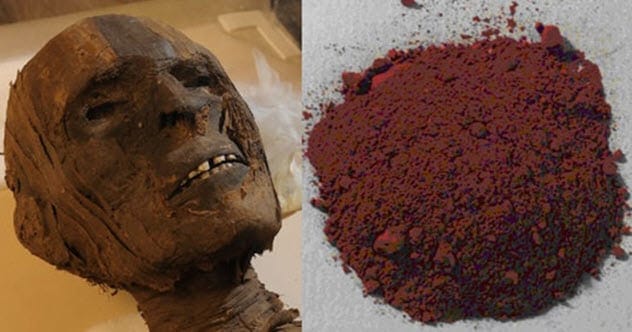
In the 16th century, a brown paint called “Mummy Brown” emerged in European art. Shockingly, this pigment was made from crushed ancient Egyptian mummies! During the 19th century, “Egyptomania” swept across Europe and the United States, with mummies used for decor, medicine, and even party games.
The preparation technique varied, and it’s nearly impossible today to verify its use in old paintings. When painter Edward Burnes-Jones discovered the paint’s true origin, he held a funeral for the mummy in his backyard. By 1964, the manufacturer of mummy brown paint reported they had run out of mummies. If you want to recreate the shade today, sourcing the materials will be difficult.
9. Vantablack
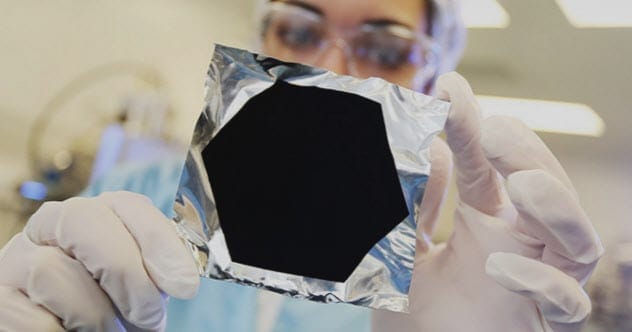
Vantablack is one of the darkest colors known, capable of absorbing 99.965% of visible light. Developed by Surrey NanoSystems in the early 2000s, it held the Guinness World Record for the darkest man-made substance until 2015.
Vantablack can be used in telescopes, infrared cameras, solar energy collection, and even for military camouflage. However, if you’re an artist other than Anish Kapoor (who holds exclusive rights for its artistic use), you’re out of luck. This exclusivity has drawn criticism, leading artist Stuart Semple to create alternative colors, like “Pinkest Pink,” available to everyone except Kapoor. NanoLab’s Singularity Black offers a similar alternative to Vantablack and is available to the public.
8. Tyrian Purple

Royal purple has been associated with nobility for centuries. In the Roman Empire, commoners wearing purple could be executed. Queen Elizabeth I restricted its wear to her family. This reddish-purple was even linked to the idea of a divine bloodline.
Tyrian purple was rare because it was incredibly difficult to produce. The Phoenician city of Tyre was the primary manufacturer. Extracting the dye required collecting and processing hundreds of thousands of sea snails exposed to sunlight (creating a horrible smell). Up to 250,000 snails were needed for a single ounce of dye, making it incredibly expensive. In 1856, chemist William Henry Perkin accidentally invented a cheaper purple dye called “mauve,” making purple accessible to everyone.
7. Vermillion
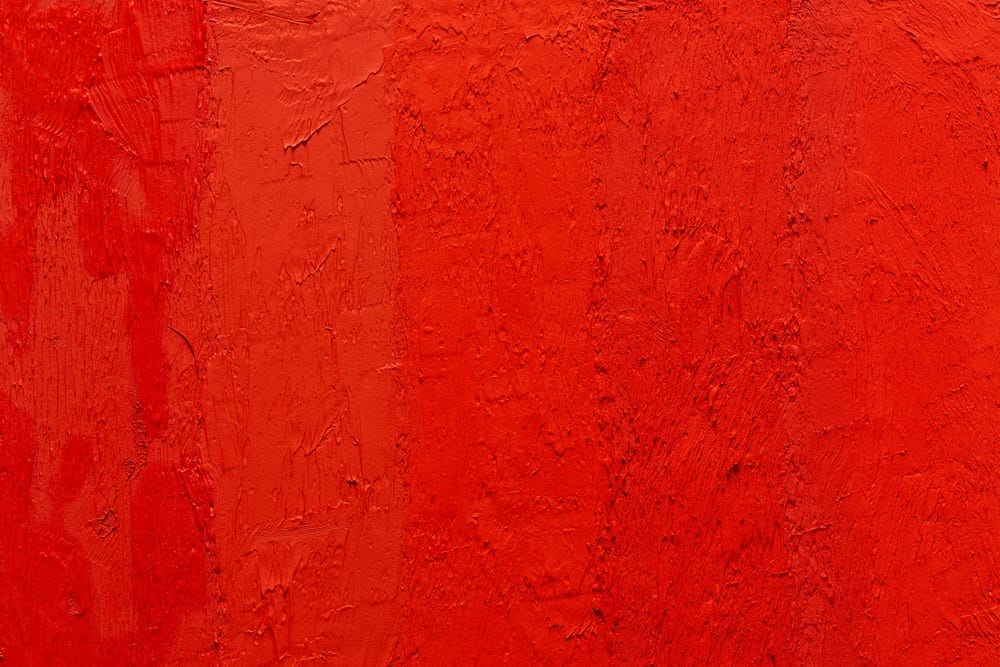
Vermillion, also known as cinnabar or China red, gets its vibrant red-orange hue from mercury. The smaller the mercury particles, the brighter the red. Used for nearly 8,000 years, Ancient Romans mined it in Spain for cosmetics and art. It also illuminated medieval manuscripts.
Prisoners and slaves faced the dangerous job of mining cinnabar, which was then heated and crushed. The Ancient Chinese also created synthetic cinnabar, but it remained toxic. By the 20th century, cadmium red replaced vermillion as the safer choice for artists. Bright red-orange remains linked to traditional Chinese culture.
6. Scheele’s Green

In the early 1800s, a vibrant green dye, Scheele’s Green, became popular across Western Europe. Made by German color-maker Carl Wilhelm Scheele, this emerald green became the go-to color for fashionable women. Soon, it appeared in dresses, wallpaper, carpeting, and artificial plants.
Unfortunately, Scheele’s Green was made with copper arsenite, containing deadly arsenic. Women wearing it developed blisters. Families reported vomiting in their green living rooms, and factory workers suffered organ failure. One artificial flower maker, Matilda Scheurer, experienced a gruesome death, throwing up green and claiming everything she saw was green. Despite growing awareness, fashion trends sustained its popularity until 1895.
5. Lead White
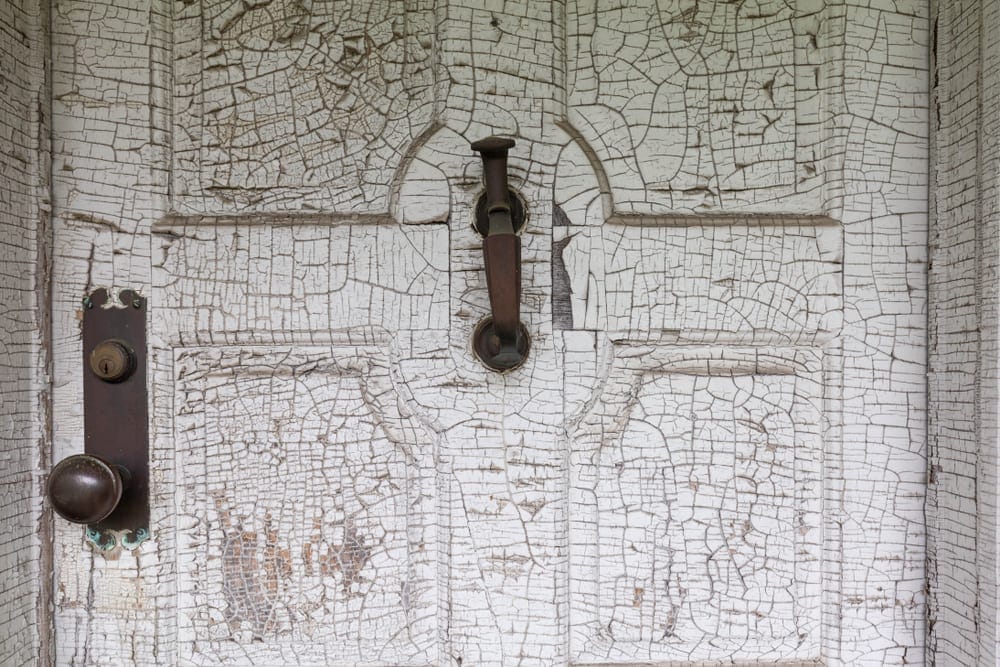
As early as the 4th century B.C., ancient Greeks, Romans, and Egyptians used lead white for makeup, medicine, and paint. Pliny and Vestruvious wrote about it. The process involved soaking lead metal in vinegar and scraping off the white powder that formed.
Lead white’s thick consistency and quick drying made it a favorite among European artists, but it caused “Painter’s Colic,” now recognized as lead poisoning. Even though its dangers were known, artists continued using it until it was formally banned in the 1970s due to its unique creamy, warm tones.
4. Uranium Orange
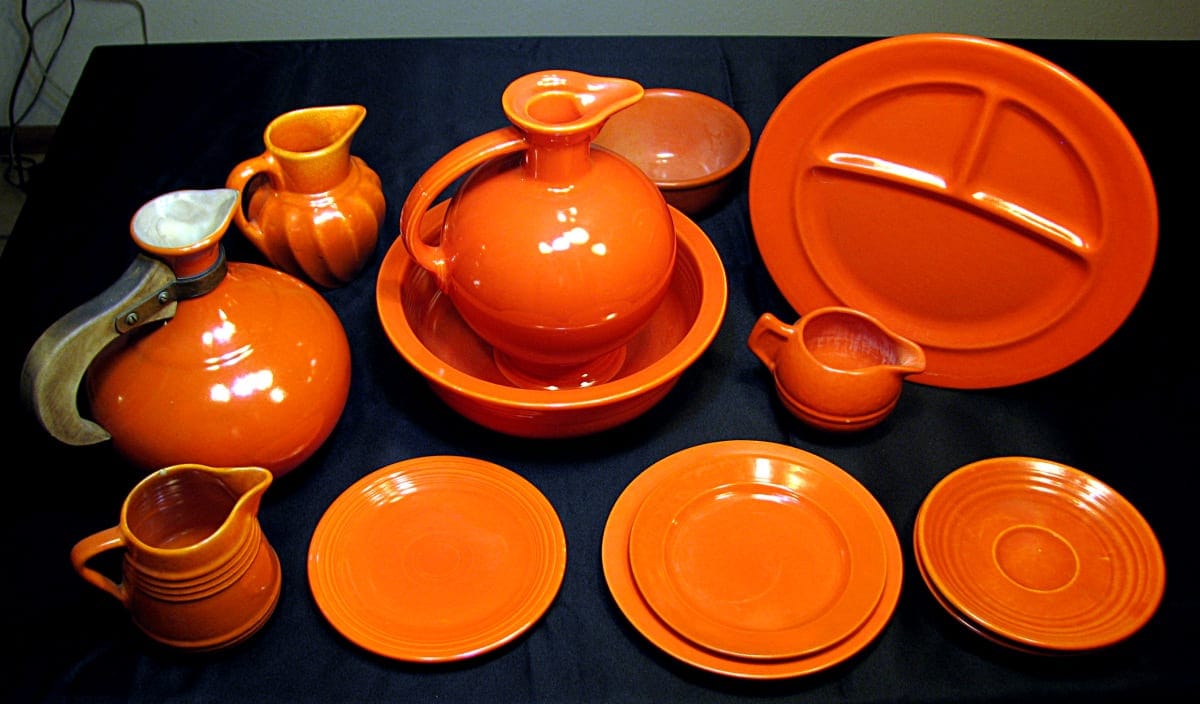
In 1936, Fiestaware ceramics introduced a bright orange-red line of dinnerware called “Fiesta Red.” The vibrant color came from radioactive uranium oxide. Production of these dishes paused from 1943 to 1959 due to uranium restrictions for the war effort. Production resumed with depleted uranium, which is slightly less radioactive.
Many dishes from that era used radioactive materials. The EPA warns that they emit alpha, beta, and gamma radiation. Production of Fiesta Red dishes stopped in 1972, but they remain popular among collectors, though it’s recommended that they not be used for eating, especially with acidic foods. New Fiestaware colors don’t match the old ones as they no longer use uranium or lead in their glazes.
3. Radium Green
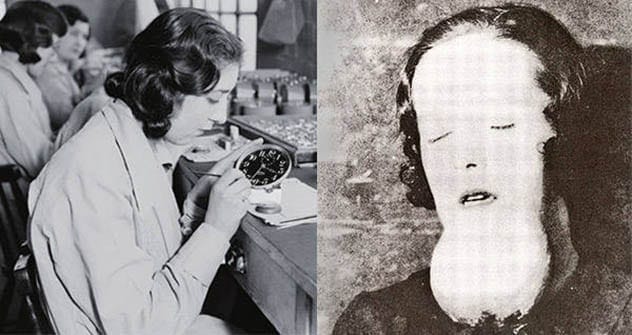
In 1908, a unique self-luminous paint that glowed bright green in the dark appeared. Perfect for watches and compasses used at night, radium was also used in drinks, candy, creams, soaps, spas, and swimming pools. The glowing radium became associated with health.
Young women and girls, known as “the Radium Girls,” worked in factories painting watch faces. They licked their brushes to create a fine point. By the 1920s, they showed signs of radiation poisoning, including sores and rotting jaws. In 1928, Grace Fryer led a lawsuit, causing a media frenzy. The girls won, and the U.S. vastly expanded its understanding of radium’s effects. Radium paint for watches was officially discontinued in 1968. Today, glow-in-the-dark products use non-toxic photoluminescence.
2. Red-Green and Blue-Yellow
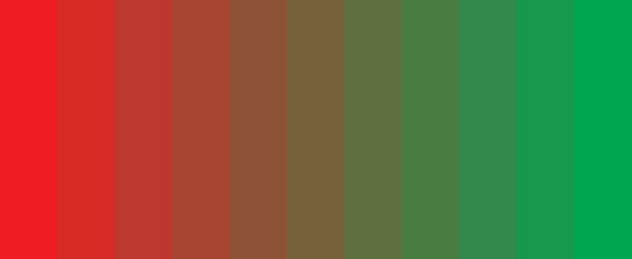
These colors aren’t forbidden by law or toxicity, but by perception. Red and green, and blue and yellow, cancel each other out in the human eye. Our retinas use neurons to recognize color, but these pairs inhibit each other, preventing simultaneous viewing.
In 1983, scientists Hewitt Crane and Thomas Piantanida conducted an experiment using adjacent stripes of yellow/blue or red/green, forcing each eye to focus on a single color. This tricked the eyes into blending the colors. Participants struggled to describe these new shades, as no words existed for them. A 2006 study at Dartmouth University matched these “impossible” colors using a color mapper, with some describing the red-green combination as “mud.”
1. Gamboge Yellow

In the 1600s, the British East India Company brought a bright yellow pigment, Gamboge, from Asia. Named after Cambodia, Gamboge was collected as sap from bamboo shoots, then made into powder or hard rocks for painting. Although the sap was poisonous, the color faded quickly and became unpopular.
In the mid-1800s, James Morrison sold “Morrison’s vegetable pills” made of gamboge, a strong diuretic and laxative. Doctors realized gamboge irritated the skin and could be deadly in small amounts. In the 1980s, a Winsor & Newton employee found a bullet in a piece of gamboge collected from the Khmer Rouge killing fields. In 2005, Winsor & Newton replaced Gamboge with a non-toxic version called “New Gamboge.”
These forbidden colors reveal fascinating and often dark histories. From toxic pigments to colors reserved for royalty, each shade carries a unique story that continues to captivate us today.
Leave your comment below and share which color story you found most surprising!










